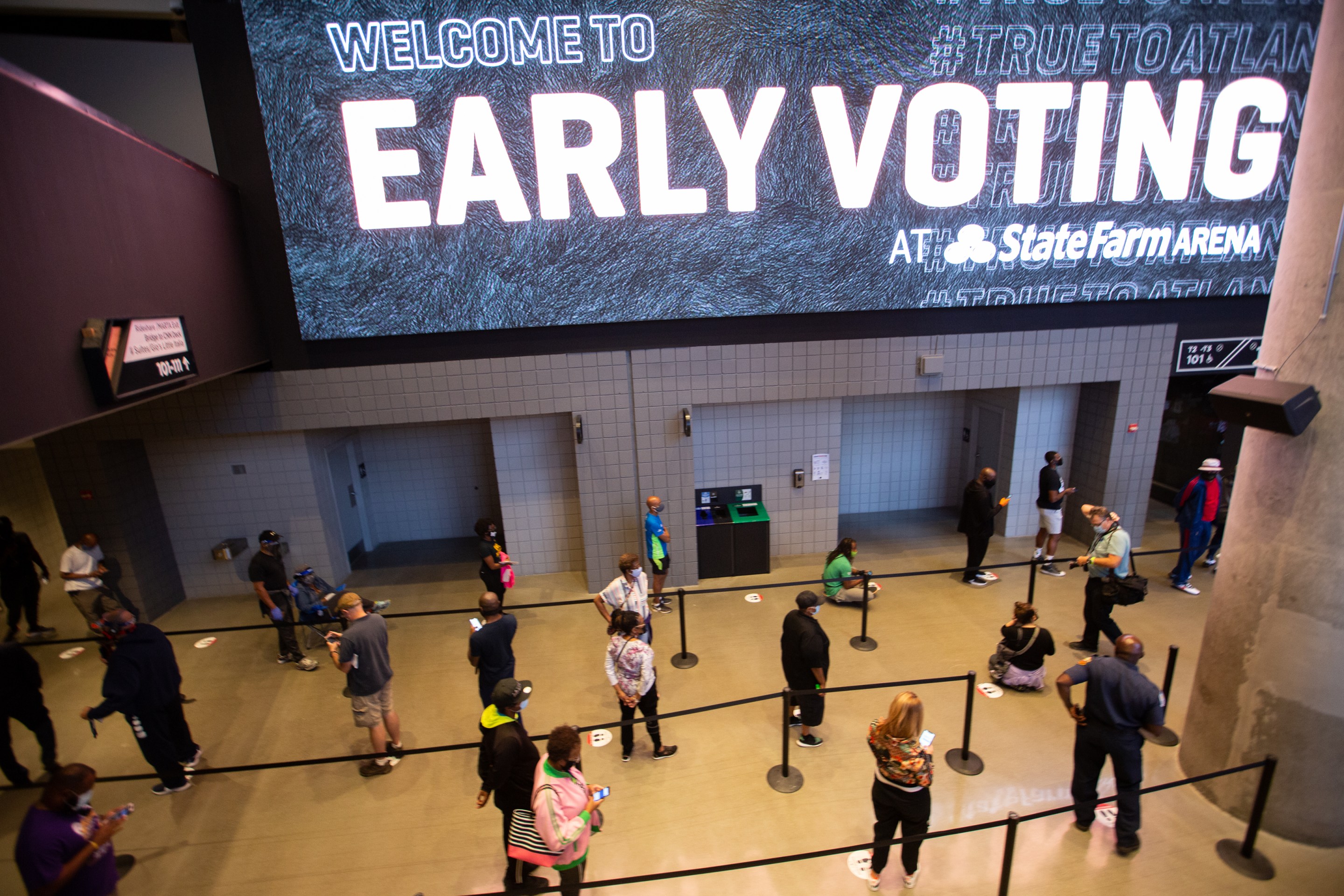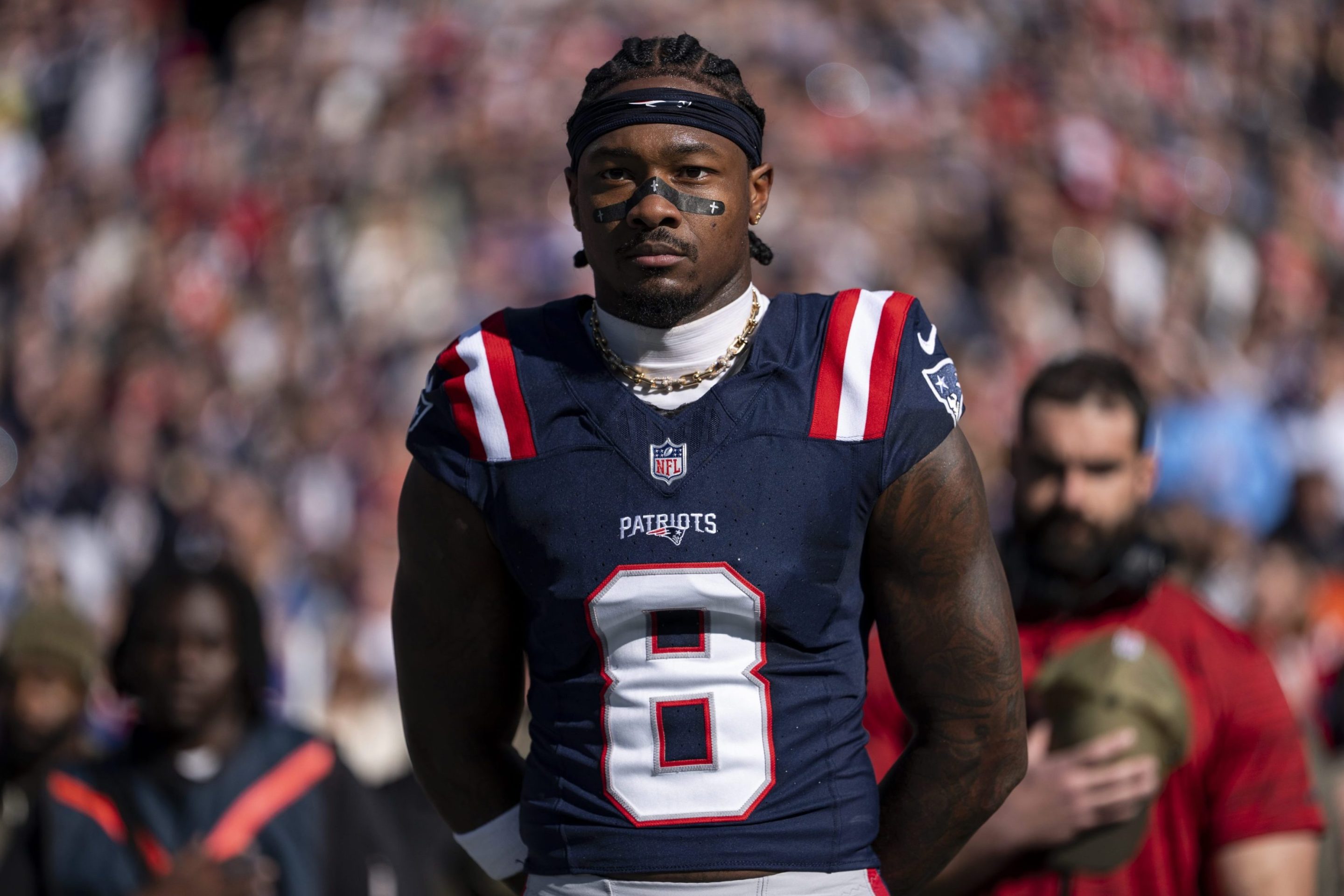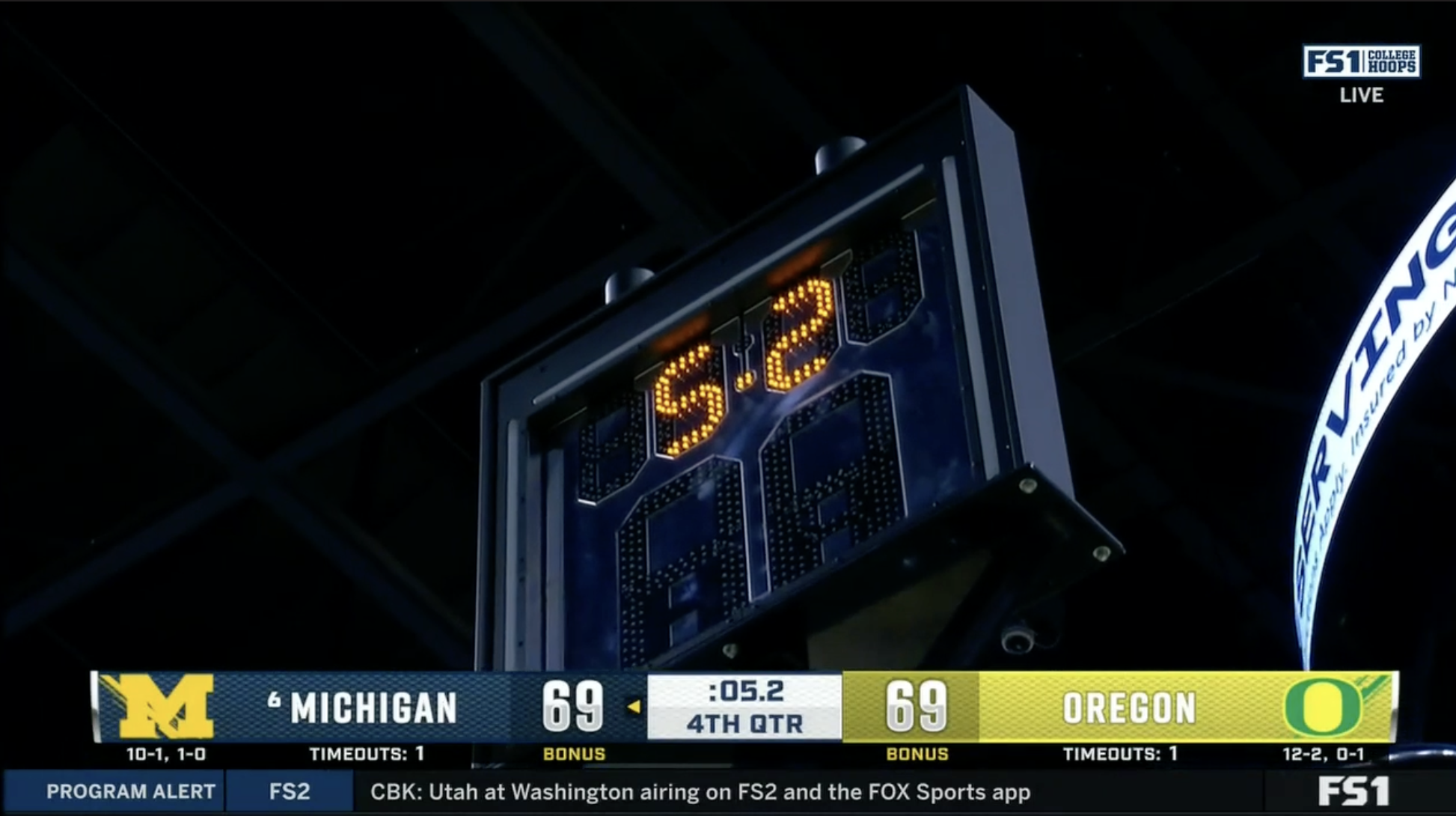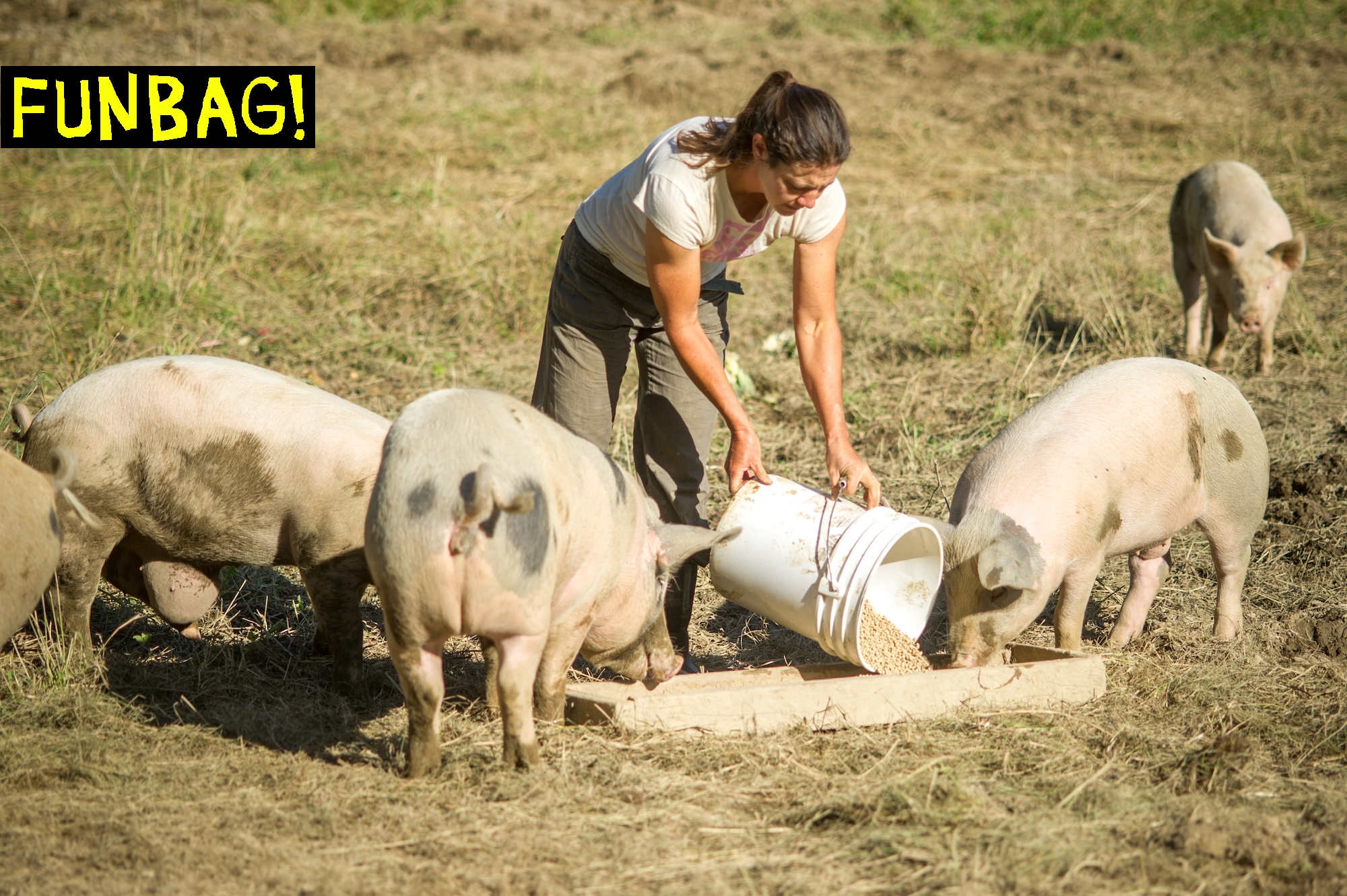When you spend enough time on the Internet your brain starts its own pattern recognition program to sort all the stimuli racing to your pleasure (or, just as importantly, disgust) centers. Do you care about this new video from K-Pop heartthrobs BTS? Yes! What about these Antonio Brown rumors? Fuck that guy! There’s a baby that you can cut open because it's actually delicious cake! No! No thank you.
We pattern match as a way to survive the dangerous as well as the mundane. It also happens to be a late-stage evolutionary adaptation to the ways brands have learned to game our attention. WHICH BREAKFAST SANDO SPEAKS TO YOUR SOUL? This cat with no eyes found a forever home! See? I don't even need to go on. Right now you're starting to recognize the dulcet tones of so many inspiring headlines. They're a chorus of spasmodic attention seekers, each promising to give you just enough of an endorphin bump to get you through the day. You know, like this:
Powerful.
You may have noticed lately that stories or images of people standing in long lines to vote have become a particularly rich vein for this kind of coverage. Recent samples include: “Long Lines Don’t Deter North Texans On First Day Of Early Voting: ‘We Were So Excited To Come Here To Vote’”; “Scorching temperatures, long lines not enough to keep Georgia voters from polls”; “Long lines, determined voters as early ballots cast in Jefferson Parish.” All of these stories invariably include details like this:
“Bring one thing: patience,” DiMarco said. “If you’re in line at 7 o’clock, you’re going to be allowed to vote. If we have to stay here to midnight, you’ll be here.”
WWLTV
There’s a few ways to read this, and one actually does allow for some optimism. People are exercising their rights in large numbers; it’s estimated more than 35 million Americans have already voted in the upcoming election, and the number of people who had voted at this point leading up to the 2016 election was just 5.9 million, according to U.S. Election Project.
But it doesn’t take too many steps beyond rosy headlines to realize these stories aren’t a feel-good exercise or old-fashioned election year boosterism. More importantly, these stories' gleeful ambiguity requires them to glide past the obvious: America is enduring a wave of sustained voter disenfranchisement largely designed by one party. The reality right now is it's really fucking difficult to vote in certain parts of this country. (OK, sure, it's really fucking hard to vote because maybe you don't particularly like either guy, or because every waking minute in the year 2020 is exposure to existential dread, or because :gestures wildly while wearing an N95 mask from a safe social distance:)
Thanks to a patchwork of state, local, and national problems, exercising the ability to choose the next president is far more challenging than necessary. There's the confusing state-by-state standards for voting by mail (not to mention the Postmaster General harvesting the organs of the U.S. Postal Service). Wisconsin has voter ID measures meant to curb rampant hordes of voter fraud," while Florida has recreated the poll tax for felons who have served time. Also, let's not forget good old-fashioned ratfuckery like shuttering polling places in Texas, or the California GOP's fake ballot drop-off boxes.
Of course the reason we know about any of that is because of the hard work of journalists at the local and national level. But there's a two-headed problem that makes it difficult for that kind of important work to stick in the news cycle. For starters, it's difficult for any story to avoid being swallowed up by the daily cycles of fresh insanity 2020 continues to unearth. Complicating things even more is the fact that the perpetually shrinking landscape of local news has made it more difficult than ever for news outlets to properly metabolize stories about long voting lines.
There are fewer and fewer differences between your local paper's website and a click-hungry media brand—both are strangled by oppressive ads, usually difficult to read (often because of the ads), and financially dependent on raw page views. Ultimately, the decision making process on what shows up on those sites becomes the same, whether your audience is residents of greater Muncie, Indiana, or all the eyeballs the Internet can offer.
When a news outlet receives video footage of disenfranchisement in action, and then shares that footage on social media as a viral clip with the word "UNFAZED," you are seeing a perversion of incentives in action. You're seeing editorial uplift and a desire for engagement elevated above critical context. You're seeing all the inconvenient and sharp edges of a story being sanded down so that it can fit smoothly into the day's lobotomizing feed of stories.
It's likely many of these outlets know that they shouldn't be reporting on stark examples of voter suppression the same way they would report on fans lining up to buy tickets to a Justin Bieber concert. Maybe that doesn't matter when their newsrooms are unequipped to do much else. But a long line alone is never a story, it's always a symptom of a much bigger problem.







